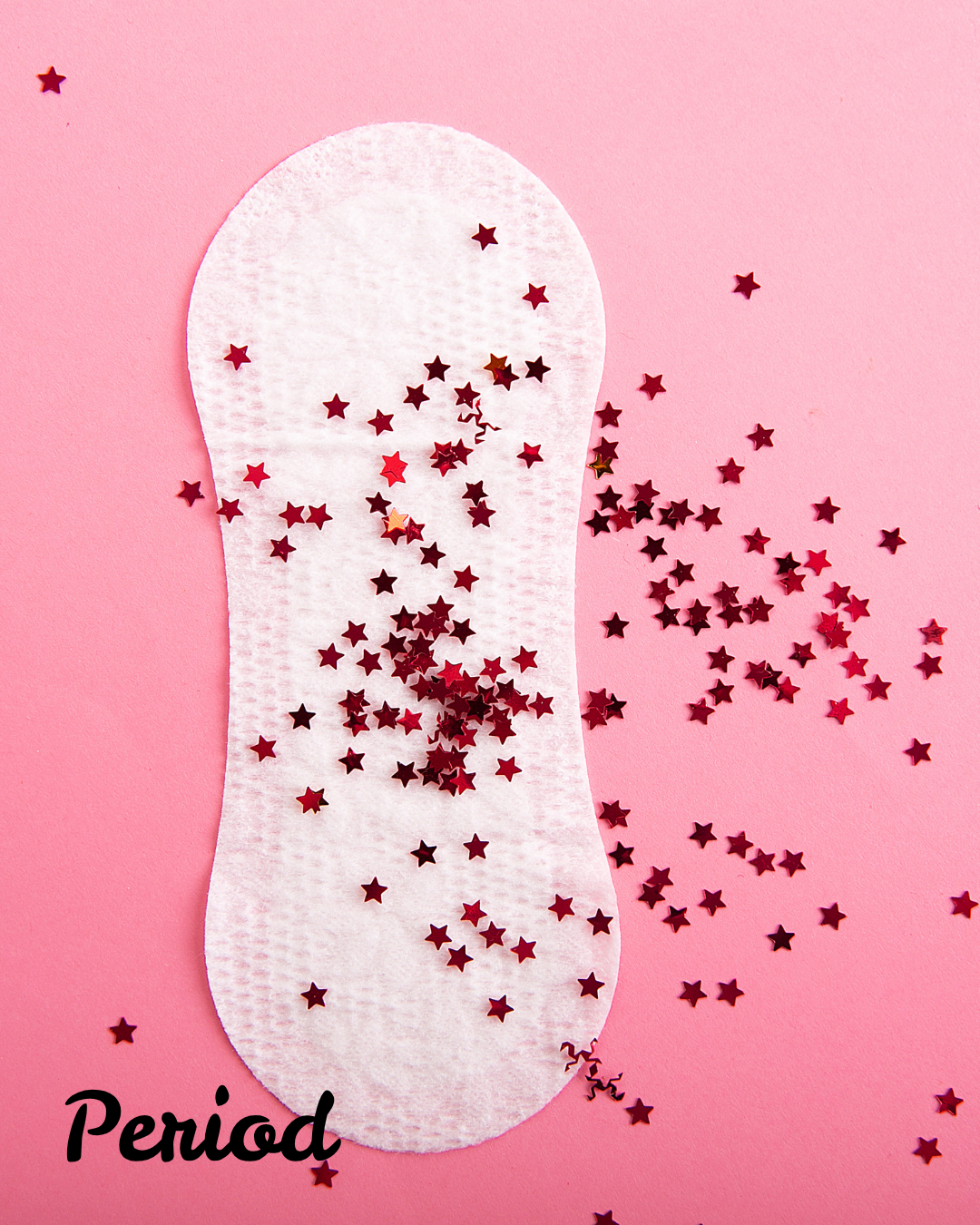For many women and people who menstruate, period pain is more than just an inconvenience, it’s a monthly disruption that affects work, relationships, and overall well-being. While some discomfort during menstruation is common, severe or chronic pain should never be dismissed as “normal.” In many cases, this pain can be a sign of underlying conditions like Polycystic Ovary Syndrome (PCOS) or Endometriosis.
Let’s break down what you need to know.
When Is Period Pain a Concern?
Cramps (also known as dysmenorrhea) are common during menstruation due to the contraction of uterine muscles. However, if your pain:
- Lasts longer than your period,
- Is not relieved by over-the-counter medications,
- Or interferes with your daily life,
…it may be a sign of something more serious.
PCOS affects approximately 1 in 10 women of reproductive age. It’s a hormonal disorder that can cause:
- Irregular or absent periods
- Acne and oily skin
- Excess hair growth
- Weight gain or difficulty losing weight
- Ovarian cysts
- Fertility challenges
Many people with PCOS also experience period pain due to irregular ovulation or enlarged ovaries. If left untreated, PCOS can increase the risk of diabetes, heart disease, and mental health issues.

Endometriosis: When Period Pain Is a Red Flag
Endometriosis is a chronic condition where tissue similar to the uterine lining grows outside the uterus. This can lead to:
- Debilitating menstrual cramps
- Pain during sex
- Painful bowel movements or urination
- Chronic pelvic pain
- Fatigue
Unlike typical cramps, endometriosis pain often starts before menstruation and lasts several days after. It’s a leading cause of infertility and can significantly impact quality of life.
What Can You Do?
If you're struggling with intense period pain or suspect you may have PCOS or endometriosis, here are some steps to take:
- Track your symptoms – Use a menstrual health app or journal to log pain levels, flow, and any other symptoms.
- Speak with a healthcare provider – Don’t be afraid to advocate for yourself. A proper diagnosis often requires blood tests, ultrasounds, or even a laparoscopy.
- Explore treatment options – From lifestyle changes and hormonal therapy to surgical interventions, there are options to help you manage and reduce symptoms.
- Find support – You’re not alone. Connecting with others who understand your experience can be powerful.

Final Thoughts
Period pain may be common, but that doesn’t mean you have to live with it. Conditions like PCOS and endometriosis are real, valid, and treatable. Listening to your body and seeking help is an act of strength, not weakness. You deserve care, comfort, and answers.



Leave a comment